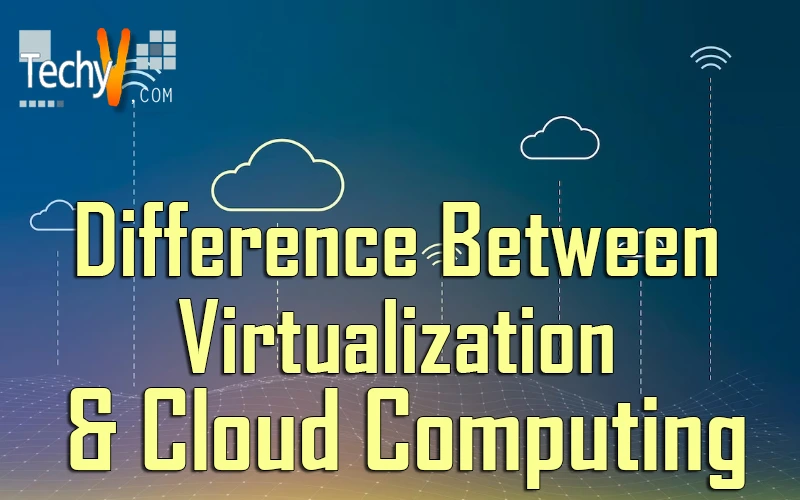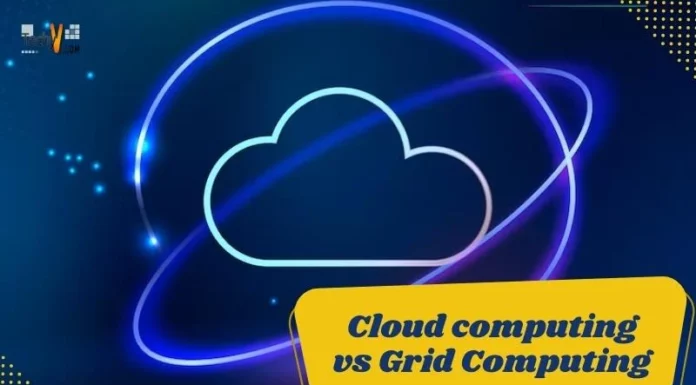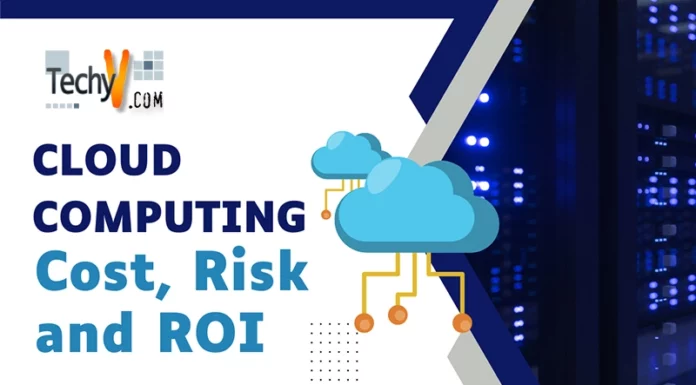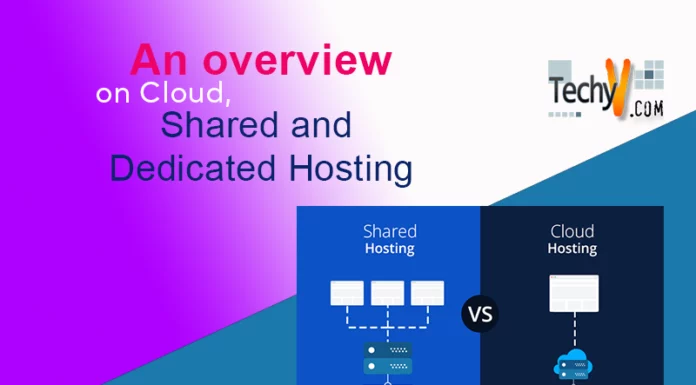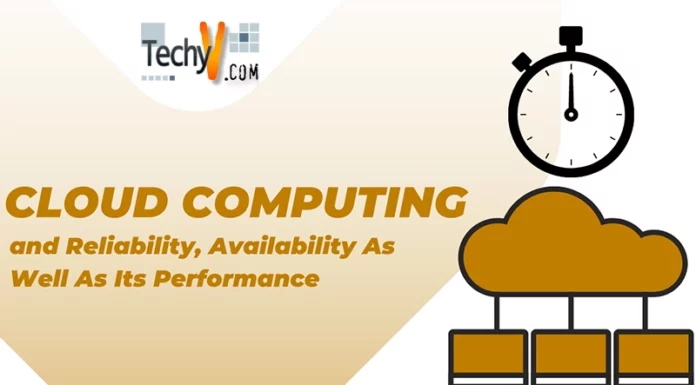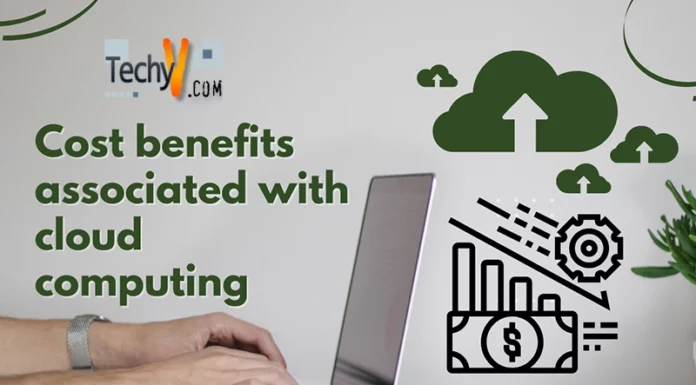Virtualization versus Cloud Computing
Virtualization versus Cloud Computing tends to be the technologies that are produced to make optimum usage of computing assets while reducing the price of these resources. Furthermore, they are stated regularly when talking about large supply and idleness. They vary in many ways and that directs to some essential factors as well, when picking between the both.
Virtualization:
It is a technology, which allows numerous servers to run over a solitary platform, preserving on power and components to take green calculating to the business. Virtualization changes the distinct servers individually to make images that are virtualized which run as self-governing contraptions on a central server. The advent regarding multi-core CPUs has stimulated the expansion regarding virtualization along with potent administration frameworks like vSphere, VMwares or even Microsoft Hyper-V.
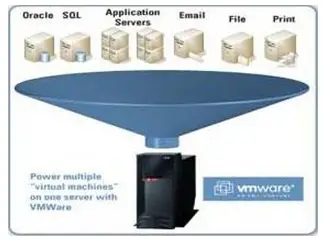
Virtualized servers work separately with an operating system that hosted and enable numerous systems to get into hardware assets. Simply, because servers could be supervised in large quantities from the distant console, IT recruitment can be substantially limited as advancing support programs across the business.
Virtualization assists in easing complexity by decreasing the quantity of corporal hosts but entails acquiring servers still and software and looking after the infrastructure. Its finest advantage is, it’s lowering the price of the infrastructure regarding organizations by making the most of the utilization of the corporal resources.
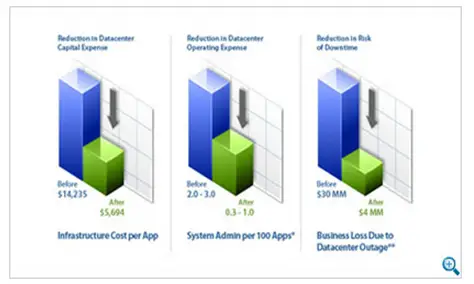
Cloud Computing:
It is a system a mechanism, a strategy, for the shipping of services. It is really an expanding field regarding IT marketplace that rewards companies by presenting infrastructure that is scalable and off-site software program, hardware, preserving labor, and power expenses. By IT renovation to a recognized regular cost, organizations can handle their budgets while making certain that sufficient resources are constantly obtainable.
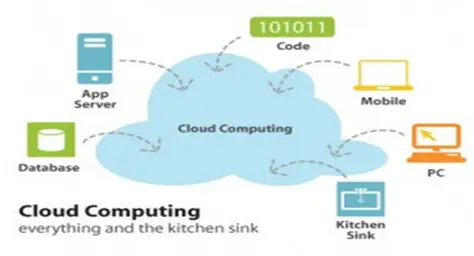
IaaS (Infrastructure-as-a-service) provides scalable computing capacity of organizations without demanding them to take services of hardware inside the residence.
SaaS (Software-as-a-Service) takes a stride apart from IaaS by divesting applications and programs to services that are hosted. This reduces the requirement of on-site infrastructure and – since most programs depend on internet browser dependent interfaces – is actually less challenging when it comes to desktop computer and movable hardware.

Head to head between virtualization and cloud computing
Cloud computing and Virtualization tend to be the approaches to lower the infrastructure expense by exploiting the computing assets. However, they aren’t similar, as the debate takes the shape of both infrastructure assets and software. Virtualization enables servers strengthening by hosting numerous servers on a solitary bit of hardware while cloud computing is a program, a service that sends PC assets over a metered model called pay-as-you-go.
Both of them can save the expanses but in various ways. By using virtualization, a great amount of upfront expenses is required and you will spend less over time while Cloud computing functions in quite contrasting style. Program might not require many sources at first, hence price is very little but as the program will become well-liked and famous and uses much more sources, having to pay by the resource can become much more costly.

Within a virtualized milieu, an individual info tends to be on one’s own equipment. One has the knowledge of the access and the way it’s being supported. One also understands specifically how to manage an emergency recuperation situation. Alternatively, the cloud computing places most of that control at the disposal of the provider. While probably there is a SLA to be able to select from, which might not be sufficient.



